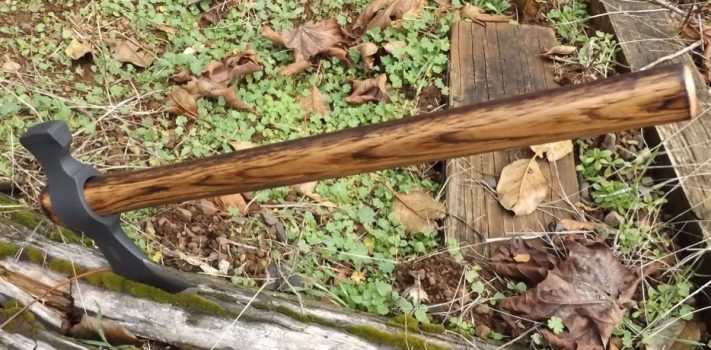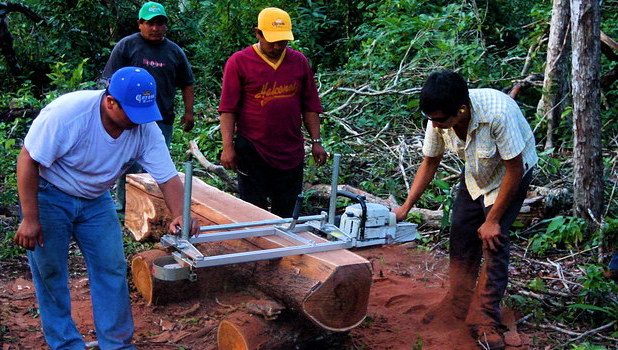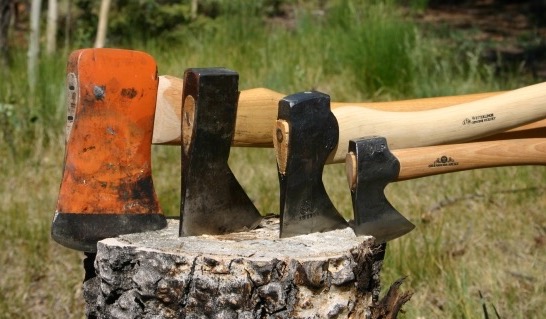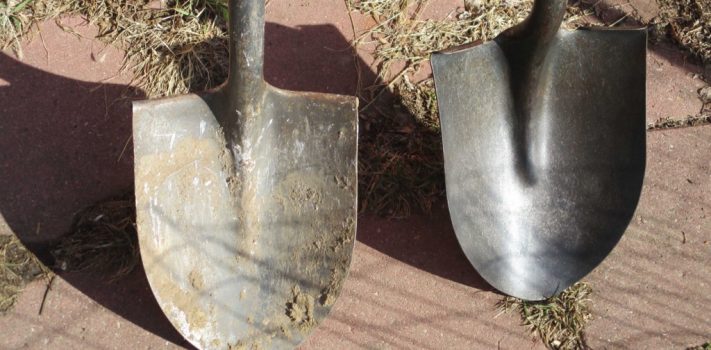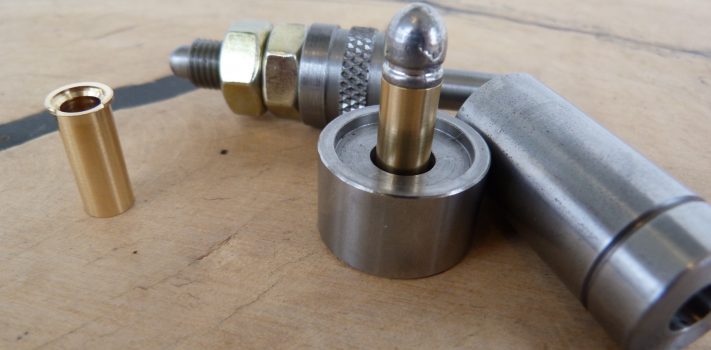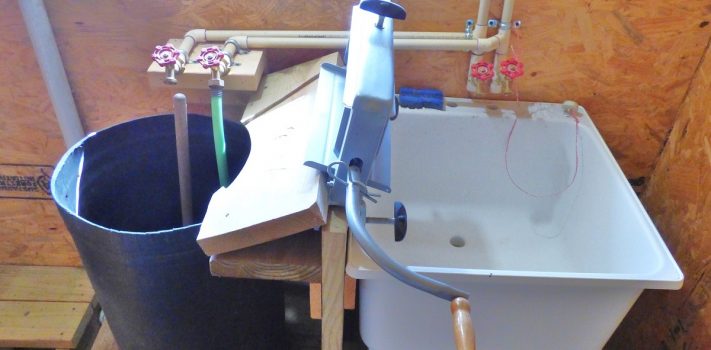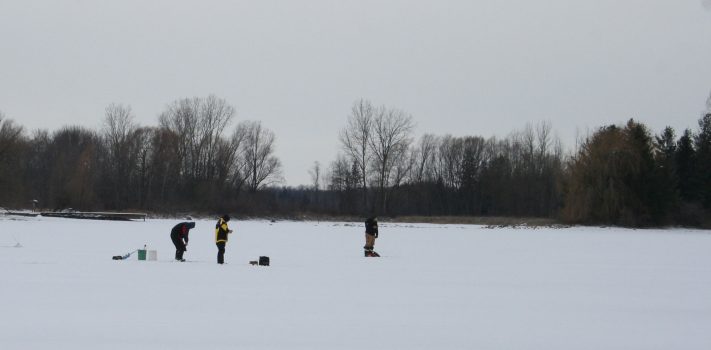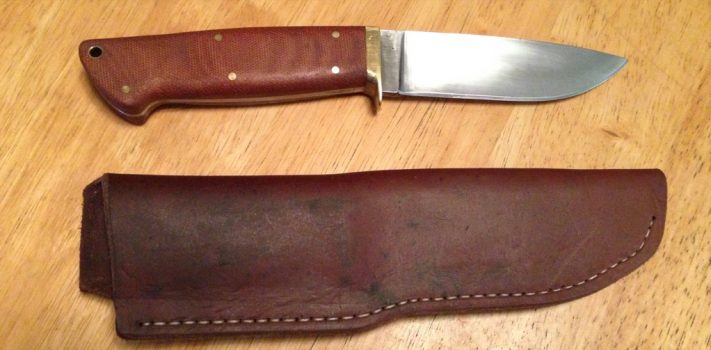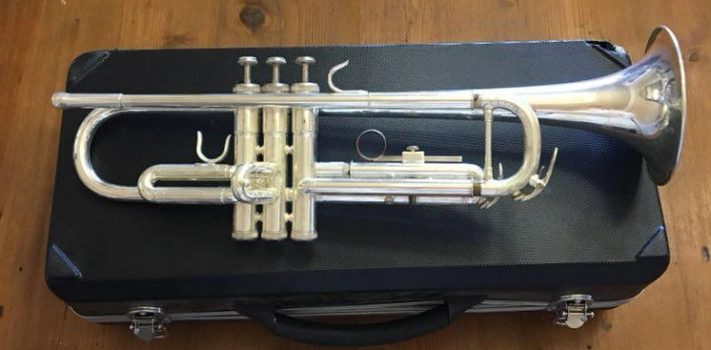CRKT Woods Chogan, by Pat Cascio
There are a lot of tools that are very suitable for survival purposes, as well as for just plain fun, and self-defense. In the past, I’ve mentioned that, in a hand-to-hand combat situation, as much as I love a good fighting knife – I designed several myself – I would prefer a well-made and well-balanced tomahawk (“t-hawk”) of some type. First of all, you will have a much longer reach, to get at your attacker, than you would with a knife. Secondly, there is a lot more “umph” behind a tomahawk that is swung at an attacker, And, of course, …

